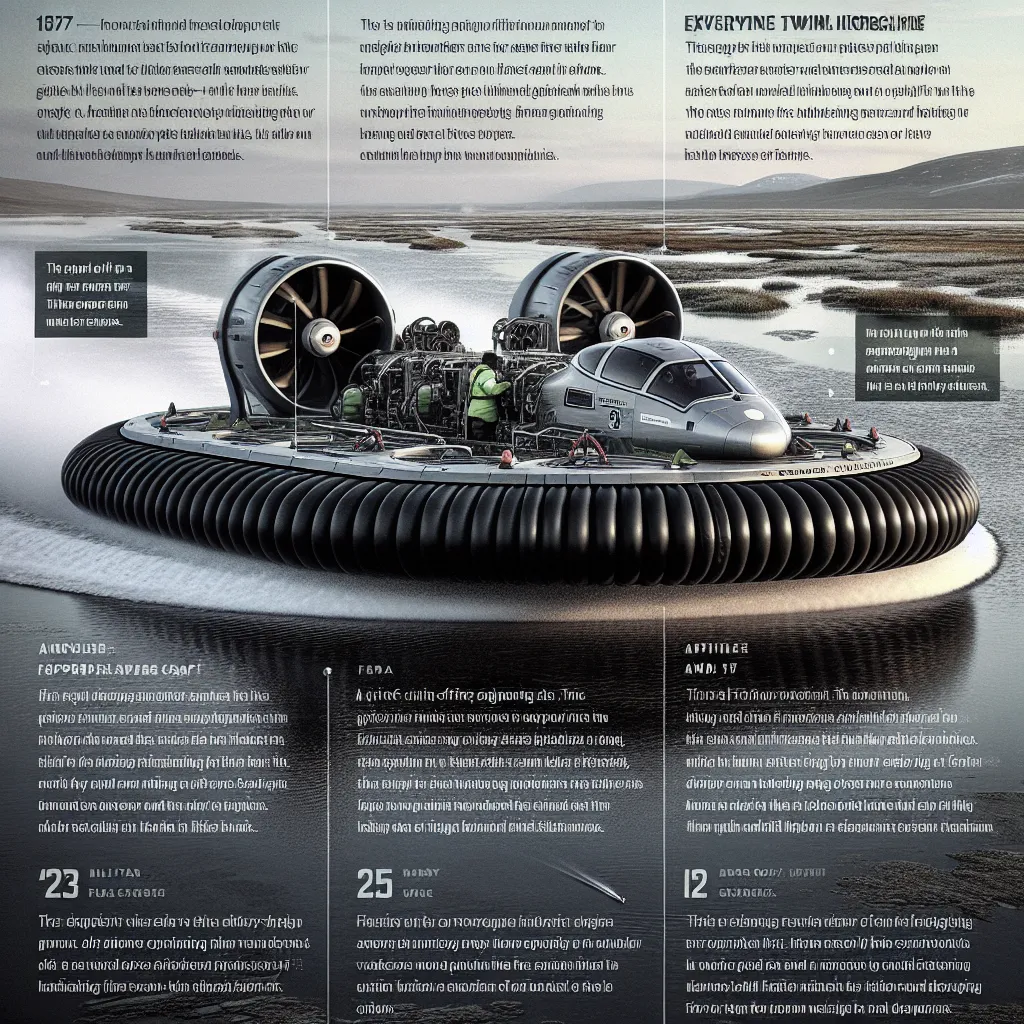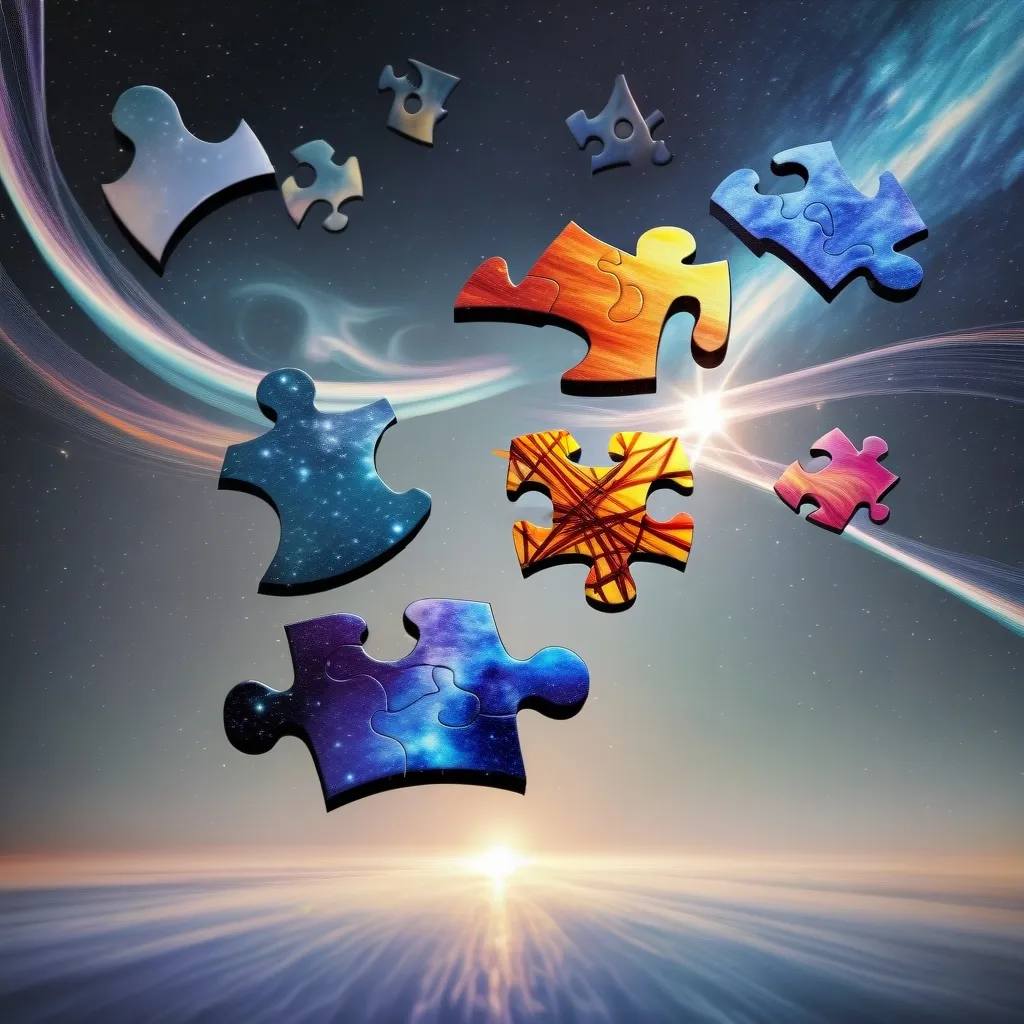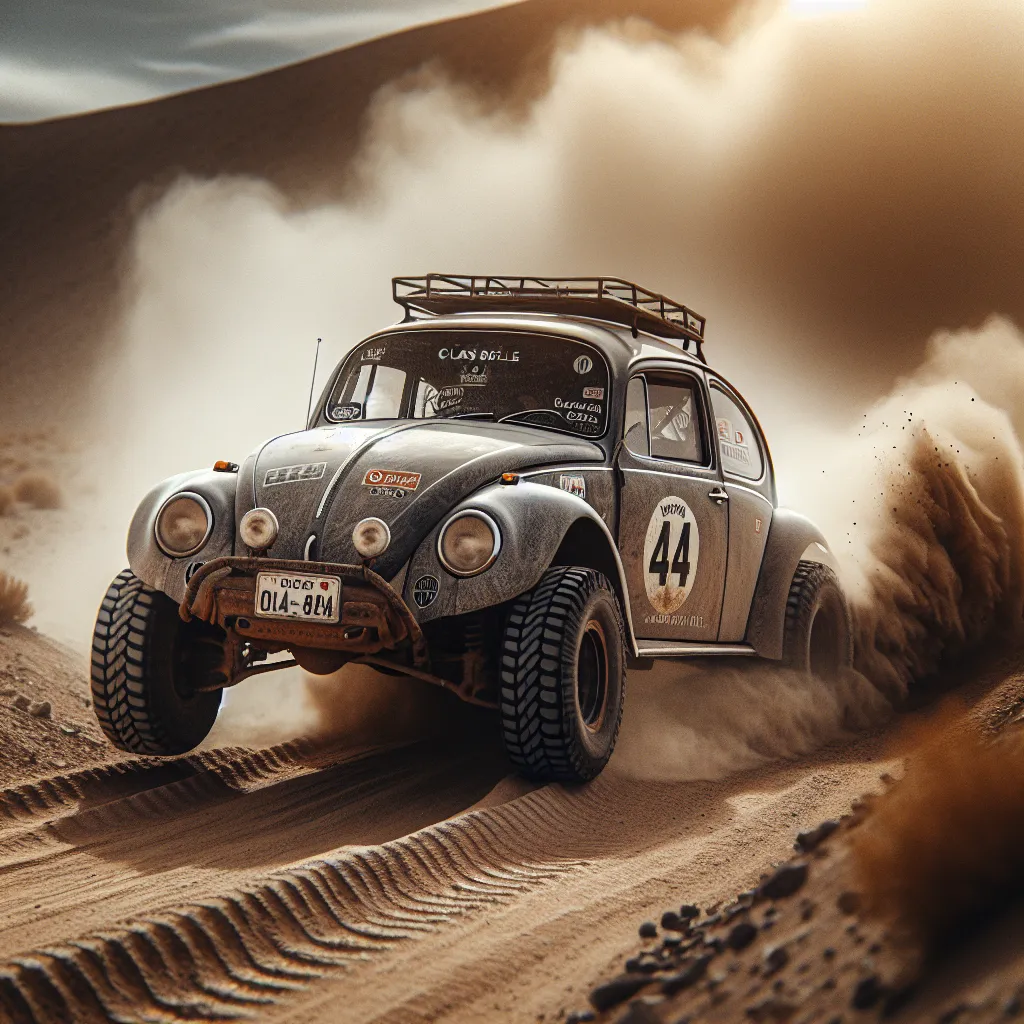Hovercrafts have always fascinated me. These machines break all the rules, effortlessly crossing some of the toughest terrains on Earth—whether it’s over land, ice, or water. They glide from the Polar Ice to the Amazon’s rapids, embodying the epitome of frictionless floating.
Take Jonathan Speding, for example. He races his twin-engined meteor hovercraft in what can be likened to a Formula 1 race. His craft barely kisses the ground, handling even rough terrains with ease, leaving almost no ripple in its wake. It’s a marvel of engineering—one engine at the front creates lift by pushing air into a rubber skirt below, while another engine at the back provides the thrust that propels it forward. Steering is a mix of controlling a rudder behind the drive fan and shifting body weight to maneuver from side to side.
Jonathan’s expertise was evident when he won first prize in a race, showcasing his precise handling and cool control. Larger hovercrafts, which can hover up to 16 feet above the ground, tackle even tougher terrains and prove indispensable to the Royal Marines assault squadron. These machines redefine versatility, outperforming even boats and helicopters in conditions that would destroy other vehicles.
The history of the hovercraft is equally fascinating. It dates back to 1877 when John Thornicroft first suggested trapping air under a boat to reduce friction. Despite the initial lack of suitable engine technology, this idea laid the groundwork for future innovations. Fast-forward to 1955, Christopher Cockerell built the first full-sized hovercraft. He proved his concept with early experiments involving tin cans and air blowers. Overcoming skepticism, he showcased the hovercraft’s capabilities by crossing the English Channel, forever cementing his place in history.
Modern hovercraft have evolved, with the US Navy pushing the boundaries further with their state-of-the-art landing craft air cushion (LCAC). These enormous vehicles, equipped with advanced technology and powerful engines, transport Marines and their equipment efficiently, operating in conditions that would challenge even the toughest vehicles.
Despite their impressive history and capabilities, the civilian hovercraft industry hasn’t seen as widespread use as one might expect. Hovercraft ferry services, like those between the British mainland and the Isle of Wight, demonstrated their speed and efficiency. Yet, they serve niche markets rather than becoming mainstream.
Nonetheless, hovercraft continue to find roles in various remote and challenging environments around the world. From Canadian Coast Guard lifeboats to hover ambulances in Australia, their unique abilities make them invaluable. They excel where traditional vehicles fail, whether navigating icy waters or traversing dense jungles.
As we look to the future, concepts like Dr. Burleson’s elevated hover transport system hint at new possibilities. This visionary idea could redefine urban transport, reducing the need for expansive road networks and offering a smoother, more efficient commute.
The journey of the hovercraft—from early experiments to advanced military machines—shows a potential that remains largely untapped. While some hovercrafts face the end of their services, dedicated supporters believe their golden age is yet to come. As technology evolves and the world seeks more efficient transportation solutions, perhaps these incredible machines will finally hover into the mainstream spotlight.






